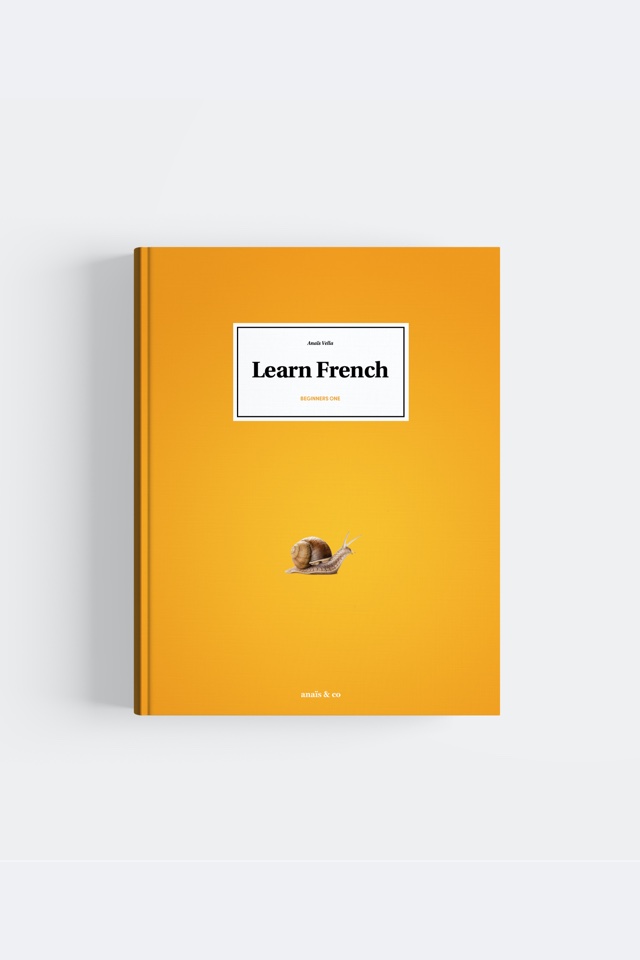

If the minutes are between 1 and 34, we say:
The number of hours (morning or evening).
The word “heure.”
The number of minutes.
For example:
02:05 → Deux heures cinq.
14:05 → Quatorze heures cinq.
“Midi” and “minuit” are never followed by “heure” as they are not numbers.
For example:
12:15 → Midi et quart.
24:17 → Minuit dix-sept.
Even if it’s not something we usually do when speaking, you can say the word “et” before the number of minutes and the word “minutes” after it. But you can’t do it with “et quart” (15) or “et demi” (30) as they are not numbers.
For example:
06:30 → Six heures et trente minutes.
18:30 → Dix-huit heures et demie.
As seen above, these minutes have special names. To tell the time you have to say:
The actual time + 1 hour (or the next hour).
The word “heure.”
The name of these minutes starting with “moins”.
For example:
04:55 → Cinq heures moins cinq.
16:40 → Dix-sept heures moins vingt.
The minutes, 35, 40, 45, 50 and 55 have special names. They all start with “moins” which means “minus” and the number they use is the remaining minutes to go to the next hour.
For example:
40 → moins vingt → 60-40 = 20 (minutes to go to 60.)
50 → moins dix → 60-50 = 10 (minutes to go to 60.)
“Midi” and “minuit” are never followed by “heure.”
For example:
11:45 → Midi moins le quart.
Here, you can’t use the word “et”, but you can use the word “minutes.” It is not something we usually do when speaking.
For example:
15:50 → Seize heures moins dix minutes.
The other minutes work the same as the minutes 1 to 34, so you need to say:
The number of the hours (morning or evening).
The word “heure.”
The number of the minutes.
For example:
03:46 → Trois heures quarante-six.
15:51 → Quinze heures cinquante-et-un.
“Midi” and “minuit” are never followed by “heure.”
You can say the word “et” before the number of the minutes and the word “minutes” after it, but it is rarely used in the spoken language.
For example:
10:10 → Dix heures et dix minutes.
For the minutes between 55 and 59, it is fine to add one hour to the actual time and to minus the remaining minutes as everybody can count from 5 to 0.
The word “pile” means “o’clock,” but now we only use it to nicely tell someone to be punctual. “Pile” now means “sharp.” When it’s o’clock, there are no minutes, so we stop after the word “heure” and “pile can be used after “heure” if you need it.
For example:
22:00 → Vingt-deux heures (pile).
Because the word “heure” starts with an “h,” we must link the number’s last consonant with the word “heure.”
For example:
02:00 → Deux (z)heures.
03:00 → Trois (z)heures.
14:00 → Quatorze (z)heures.
For example:
08:00 → Huit (t)heures.
For example:
09:00 → Neuf (v)heures.
For example:
05:00 → Cinq (k)heures.
For example:
04:00 → Quatre (tr)heures.
For example:
01:00 → Une (n)heure.
When the link is “t,” “v,” “k,” “tr,” or “n,” these consonants are silent at the end of the numbers. “s,” “x,” or “z,” are always silent when they are the last letter of a word.

More in the books
Werther you are learning by yourself, with Anais and Co or if you are a FLE teacher find this lesson and many more in a beautiful book.
Be notified when we upload a new video.